Contact Us Get a Quote
Although many things can cause a tire puncture, an annoying nail in your tire may top the list.
But what do you do next?
Do you drive away or get it fixed?
What is the appropriate nail in the tire repair?
Don’t worry! We’ll help clear all your doubts.
In this article, we’ll look at four ways to spot the nail in your tire, and also find out if you can drive with this type of tire puncture. We’ll then cover three possible “nail in the tire repairs.”
This Article Contains:Let’s dive in.
How To Know If There’s A Nail In My Tire?A nail in your car tire doesn’t imply that it’s flat. But if you don’t spot it quickly and get it fixed by an auto repair professional, it could result in a damaged tire.
Here are a few ways to spot a punctured tire:
The most common sign of a punctured tire is persistent low tire pressure. This indicates that your tire is continuously losing air.
One way to spot a nail in the tread is to fill your tire with air and monitor tire pressure via a tire pressure monitoring system. If low tire pressure returns quickly, you may have a punctured tire.
You can try to visually inspect your tires to spot the nail. Regular checks and tire service can help you ensure tire safety and spot an unnoticed, slow tread puncture. If ignored, it may slowly lead to air loss and ultimately result in a flat or damaged tire.
A visual inspection will also help you find issues like uneven tire wear, low tire tread depth, low tire pressure, etc.
A soap test is an efficient way to determine a nail puncture’s location, especially if it’s small and doesn’t cause major pressure loss.
You can start by spraying soap water on your tire tread. If there’s a tire puncture, the spot will let out air — creating air bubbles. This will help you figure out the nail position and get a tire repair done before it’s too late.
If you have trouble spotting a tire puncture or a nail in your tire tread, contact your mechanic for routine tire service or maintenance at a certified tire repair shop. With expert knowledge and experience, a tire technician can easily spot and fix such issues.
Now you may be wondering…
Can I Drive With A Nail Puncture In My Tire?If you have a punctured tire due to a nail, have your car tire repaired or replaced immediately.
You may be able to drive short distances. But it’s not safe to drive with a nail in your tire tread as it can quickly turn into a flat tire — making you susceptible to blowouts and severe accidents.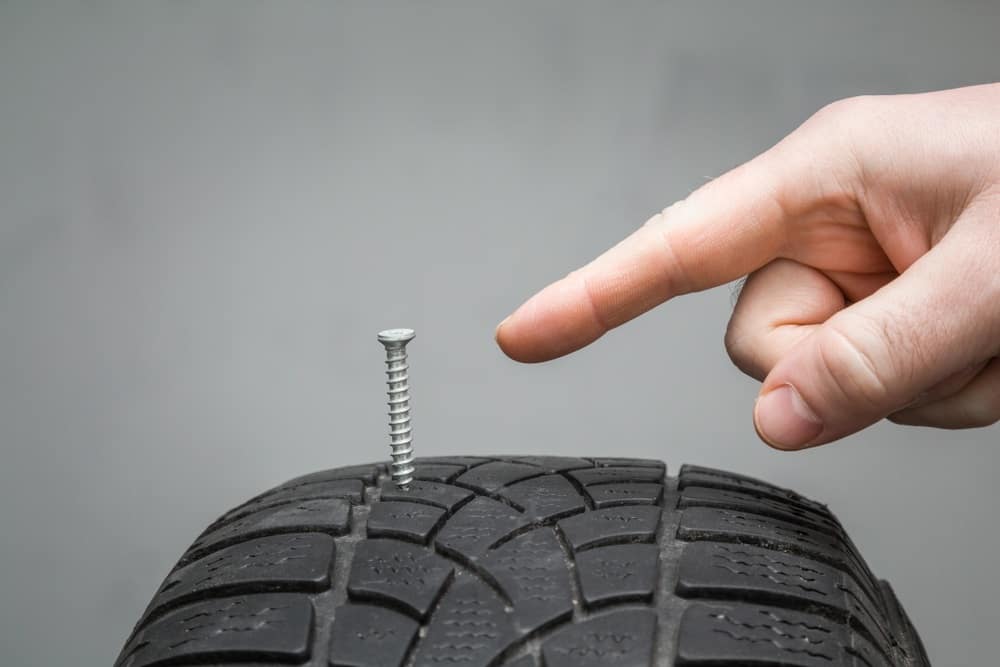
This is why you should always carry a spare tire.
It’s also essential to shop tires with a good tire warranty for longevity. To do so, choose a good tire manufacturer like BFGoodrich Tires or Bridgestone.
Finally, routine services like tire rotation and following good driving tips like gentle braking will help your tires last longer too. So if you suspect a nail in your tire tread, contact a tire shop or mechanic ASAP. They’ll help you repair or procure new tires with a good tire warranty.
So how do you fix a nail in your tire?
Let’s find out!
There are multiple ways to fix a tire. Here are three ways to do a nail in tire repair:
In an emergency, buy a tire patch or tire plug kit to fix your tire in case you can’t contact a tire mechanic. A tire plug kit contains all the necessary tools like tire plugs, pliers, a rasp tool, etc.
Warning: DIY kits like a tire patch or a tire plug kit aren’t foolproof. Sometimes using a plug or tire sealant might cause tire damage beyond repair.
Sometimes using a plug or tire sealant might cause tire damage beyond repair.
If you opt to repair the tire this way, ensure to call a certified auto service professional or a tire repair service afterward to fix your tire for good.
Now, here’s how you can use a car tire plug kit:
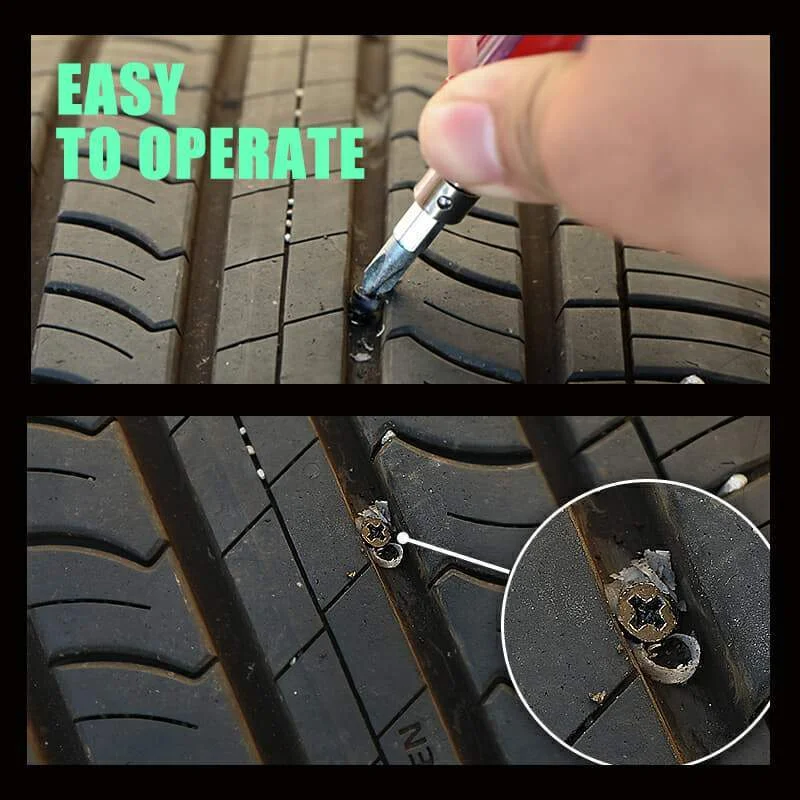
You can drive your plugged tire safely for about 8 miles. This will give you enough time to find a safe place to change into a spare tire or drop by an auto service or tire mechanic to fix the issue permanently.
The best way to fix your tire is to contact a certified tire technician or a tire repair shop to take a look at your tire.
Here’s how they may repair your tire:
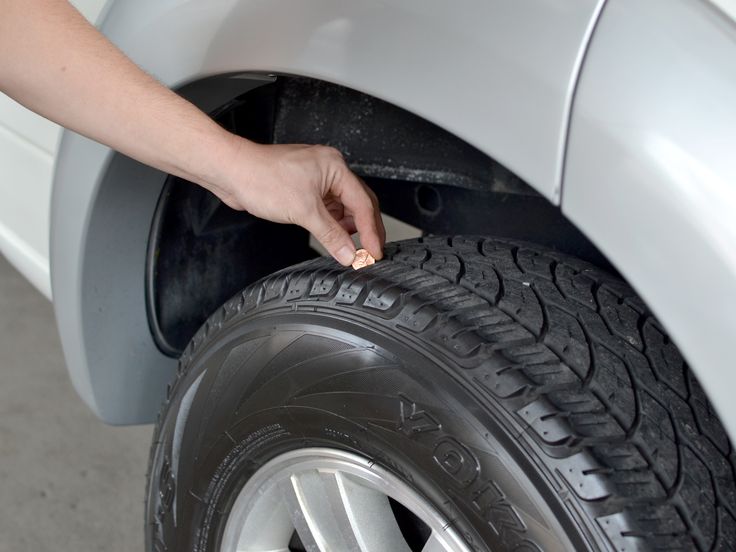
If the nail puncture is more than 1⁄4 inch (0.64 cm) across, you’ll have no choice but to buy a new tire.
Here are more reasons why you may have to shop for new tires:
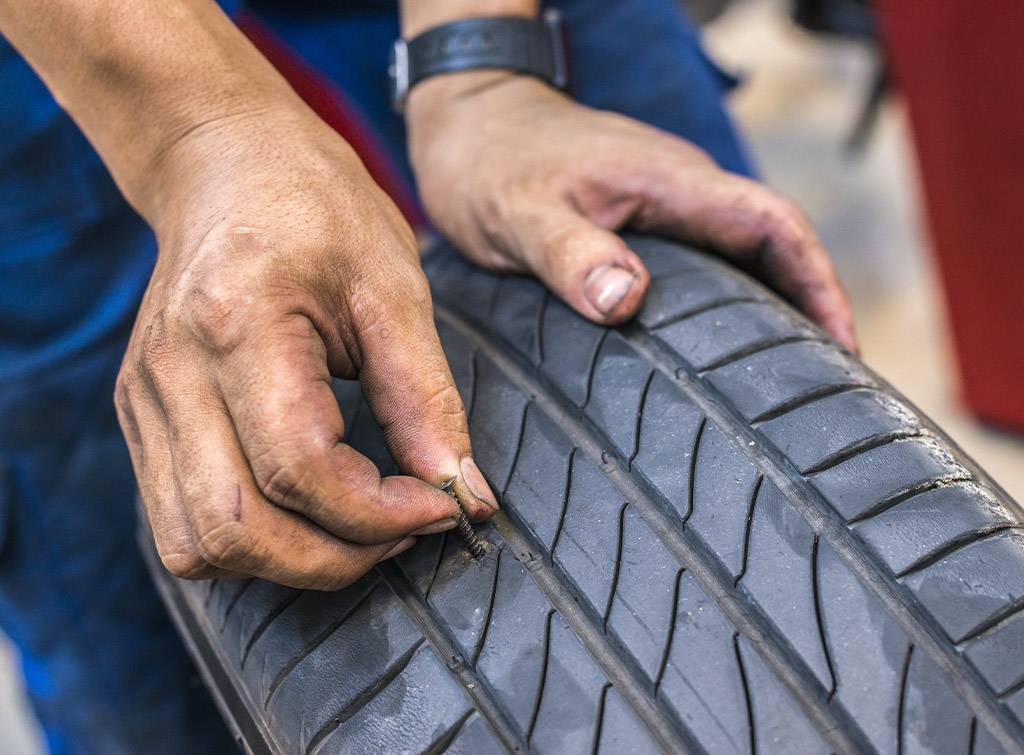 These tires are designed to resist deflation of punctures. However, most repair shops don’t accept a run flat tire, and you’ll have to buy new ones.
These tires are designed to resist deflation of punctures. However, most repair shops don’t accept a run flat tire, and you’ll have to buy new ones. A routine tire service like tire rotation will help you prevent tread thinning and wear. You can also carry spare tires to avoid getting stranded.
Closing ThoughtsA nail in tire repair can be a challenging task to DIY. If not done right, you could end up with a flat tire, get stranded, or even blow up your tires.
That’s why you have RepairSmith.
We’re a mobile auto repair and maintenance solution, available 24/7. You can also avail of upfront pricing, convenient online booking, and a 12-Month, 12,000-Mile warranty on all our repairs.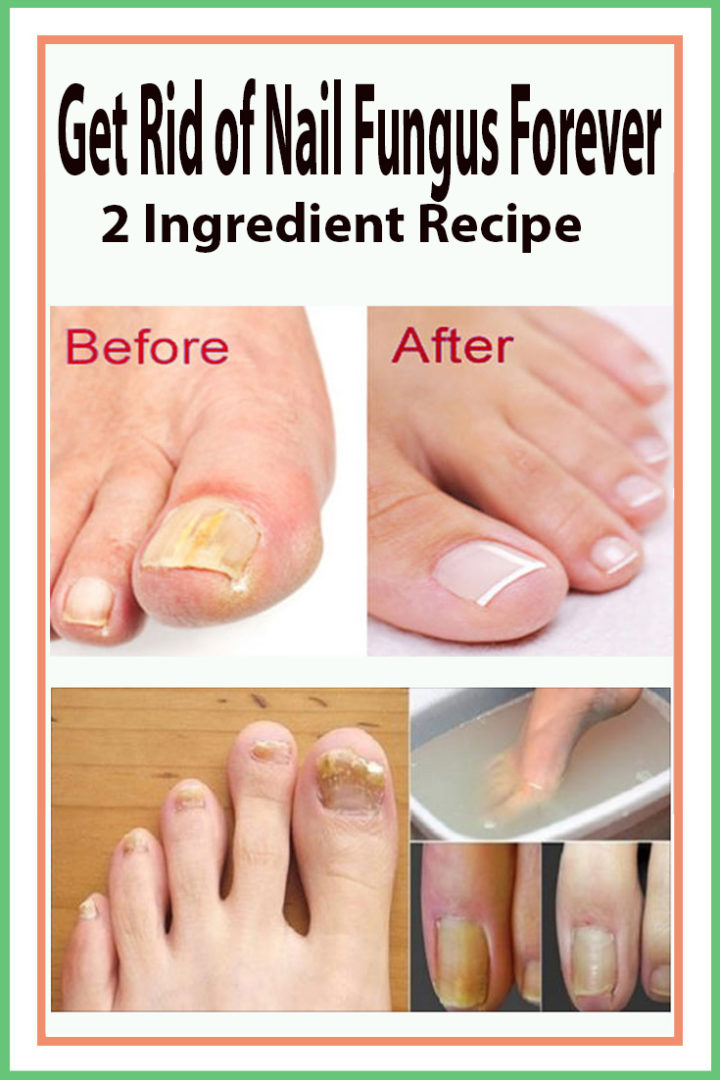
So the next time you have a punctured tire, contact RepairSmith, and our ASE-certified mechanics will drop by to deliver a top tire repair service!
Share this story:
RepairSmith RepairSmith is the easiest way to repair your car. Our certified technicians deliver quality car repair and maintenance directly to your driveway. We offer upfront pricing, online booking, and a 12-month, 12,000-mile warranty.
By continuing, you agree to RepairSmith's Terms of Service and acknowledge you've read the Privacy Policy. You also accept that RepairSmith may communicate with you via email, SMS, or phone.
From what we see in movies, we expect it to be pretty obvious when we have a nail in our tire. Unlucky for us, that isn’t always the case, and discovering that you have a nail in your tire can be trickier than you might think. While it seems like an easy task, it isn’t always obvious that there is a nail in your tire, but there are a few things that you can do if you suspect you may be having a problem with your tire.
Unlucky for us, that isn’t always the case, and discovering that you have a nail in your tire can be trickier than you might think. While it seems like an easy task, it isn’t always obvious that there is a nail in your tire, but there are a few things that you can do if you suspect you may be having a problem with your tire.
If you get into your car every single day and see that little low tire pressure light decking the halls for the holiday season, there could be a few causes. Dropping temperatures in the winter months can cause the air inside the tire to compress, decreasing the pressure inside of the tire. Having a damaged tire pressure sensor can also cause a false alarm, but you can usually do a quick visual inspection and see that the tire is looking a little flaccid.
This could be a simple problem that is easily resolved by adding air to your tire, but if you keep having tire pressure issues regardless of stopping at the gas station daily to fill it up with air, there could be bigger problems.
Sometimes taking a quick peek at your flat or deflating tire will reveal a pesky little piece of metal sticking out of the sidewall or the tread. In this case, it just takes a few seconds of visual inspection to see that there is, in fact, a nail in your tire. But, unless your car is up on a jack stand or lift, there is always a section of the tire that is not visible, obviously where it is touching the pavement.
Checking the surfaces of the tire that you can see from different angles and then moving the car to expose the area where the tire is covered by pavement is another obvious way to check for a tire, but depending on how much wheel well gap you have, how low your car is, and how deep the tread is, this might not always work.
A Goodyear Wrangler with outlined white letters | GoodyearThe easiest way to do a thorough inspection of the tire is to take the entire wheel off of the vehicle. This might be a bit of a pain in the butt, especially if you have a newer vehicle that doesn’t come with a spare tire kit for lifting the car and removing the tire. With the wheel off, you can inspect the tire for any potential problems and get a clear view as to the potential hiding spots where a nail is hiding.
This might be a bit of a pain in the butt, especially if you have a newer vehicle that doesn’t come with a spare tire kit for lifting the car and removing the tire. With the wheel off, you can inspect the tire for any potential problems and get a clear view as to the potential hiding spots where a nail is hiding.
With the wheel off, you can also test to see if there is a specific area where it is losing air, like an area where the wheel has become bent, or you can see if the tire has dry-rotted to the point where it can no longer effectively hold air pressure.
2020 Toyota 4Runner TRD Pro wheels and tires | Matthew SkwarczekRelated
It seems like no matter what we do, we are all bound to end up with a nail in our tire at some point in time. While you can technically continue to drive on the tire as long as you maintain appropriate air pressure, it isn’t the end of the world. In fact, having a nail in your tire doesn’t mean the tire has to be replaced because most of the time, you can get a quick patch at most mechanics for just a fraction of what a whole tire replacement would cost.
A tire is a round piece of rubber that is the main part of a car's wheel, allowing it to move. The tire also provides traction and shock absorption while driving. Over time, stones get stuck in the tires. How to remove them, we have already told you in one of the previous articles. But stones are not the only enemies of tires. There are also nails, self-tapping screws and many other sharp objects that can easily pierce a car tire. If, having caught a self-tapping screw, a flat tire, it is clear to everyone what to do. But what if the pressure continues to hold in a punctured wheel? Can I keep driving, and if so, for how long? nine0005
See also: Is it safe to drive with a screw in a tire?
So, if you happen to know that a nail (or self-tapping screw) is stuck in the wheel of your car, but the tire is still holding pressure or deflating slowly, then in no case try to pull the nail out. Leave it in the cover. Next, check the pressure in the wheel and, if it does not correspond to the one recommended by the automaker, inflate the wheel to the norm.
Leave it in the cover. Next, check the pressure in the wheel and, if it does not correspond to the one recommended by the automaker, inflate the wheel to the norm.
Otherwise, pulling out the nail that prevents the pressure from escaping from the tire will bring the tire to zero. nine0005
There is, of course, another option - to deflate the tire, pull out the nail, take a tire repair kit and repair the puncture yourself, and then re-inflate the wheel. But, unfortunately, not every motorist has such a repair kit, and not everyone will be able to repair the wheel on their own. In fact, in order to install a tourniquet into a puncture, remarkable strength is needed.
Unfortunately, a wheel puncture with a nail or a self-tapping screw happens quite often on our roads. Many punctures do not cause the tire to flatten almost instantly. As a result, many drivers notice that the wheel caught the self-tapping screw, not immediately.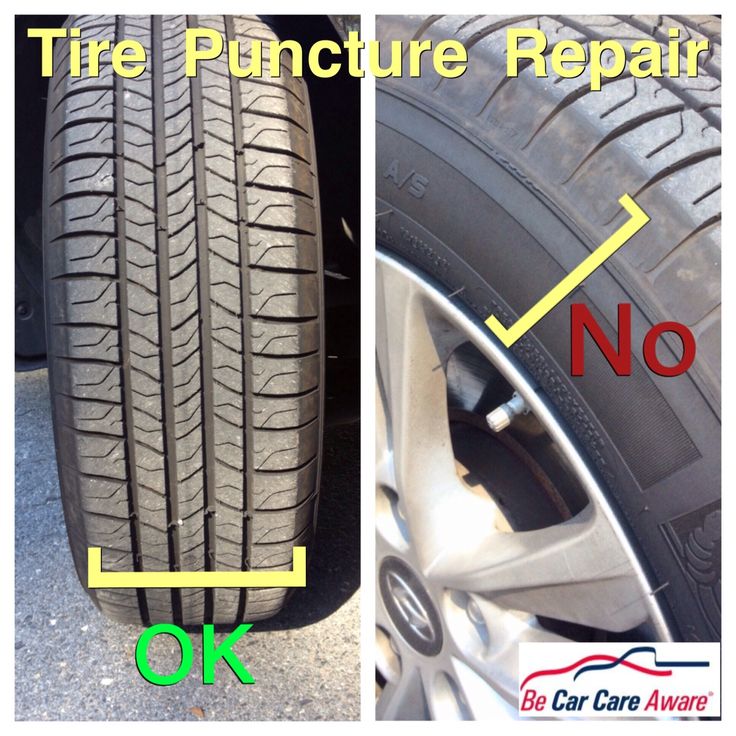 True, if your car is equipped with tire pressure sensors or a wheel rotation monitoring system (the system tells the driver about a sharp change in wheel rotation parameters, which usually occur when the pressure in the wheel changes sharply), then the security system will inform you of a possible problem in wheel. nine0005
True, if your car is equipped with tire pressure sensors or a wheel rotation monitoring system (the system tells the driver about a sharp change in wheel rotation parameters, which usually occur when the pressure in the wheel changes sharply), then the security system will inform you of a possible problem in wheel. nine0005
If there are tire pressure sensors, you will be able to know which wheel has changed pressure. Unfortunately, very often this system gives false warnings (for example, when there is a sudden change in road grip or a sudden change in temperature outside). As a result, over time, many drivers stop paying attention to the warning of the tire pressure monitoring system. But in vain. After all, the system can warn of a broken wheel.
To prevent this from happening, carefully inspect the wheels for punctures after each ride. If a self-tapping screw is found, contact the tire service as soon as possible. nine0005
This is another question that is often asked by car enthusiasts on various thematic forums. We want to upset car owners right away. If you have a punctured wheel, in principle, you can not ride. After all, a car is not a toy, but a vehicle of increased danger. And not only for you and your passengers, but also for other road users. Therefore, you should contact the tire service as soon as possible, even if the punctured tire does not flatten. You are not clairvoyant and cannot know at what point the wheel will instantly lose pressure. Can you imagine what will happen if this happens at speed while driving on a motorway? nine0005
We want to upset car owners right away. If you have a punctured wheel, in principle, you can not ride. After all, a car is not a toy, but a vehicle of increased danger. And not only for you and your passengers, but also for other road users. Therefore, you should contact the tire service as soon as possible, even if the punctured tire does not flatten. You are not clairvoyant and cannot know at what point the wheel will instantly lose pressure. Can you imagine what will happen if this happens at speed while driving on a motorway? nine0005
As we have already said, it is NOT possible to drive with a flat tire. This is dangerous. But we understand that not everyone has a spare wheel or tire repair kit in their car. Of course, if the tire is slowly losing pressure, you can continue driving by pumping up the tire first. But you don't have to drive fast. First, it's dangerous. And secondly, the faster you drive, the faster the damaged tire will bleed air. nine0005
nine0005
See also: That's why big wheels hurt modern cars
If it is far from the tire fitting, then every 2-3 km stop and check the pressure in the wheel. Inflate the wheel if necessary. Otherwise, you run the risk of accelerating the wear of the tread, which quickly becomes unusable if there is insufficient pressure in the wheel.
It is worth noting that there are cases when the self-tapping screw does not completely penetrate the rubber, as a result of which, even if it is pulled out, air will not leak. But this, as a rule, applies to small screws and nails. Unfortunately, motorists do not always have the opportunity to assess how deeply the tire was damaged.
Photo https://photobucket.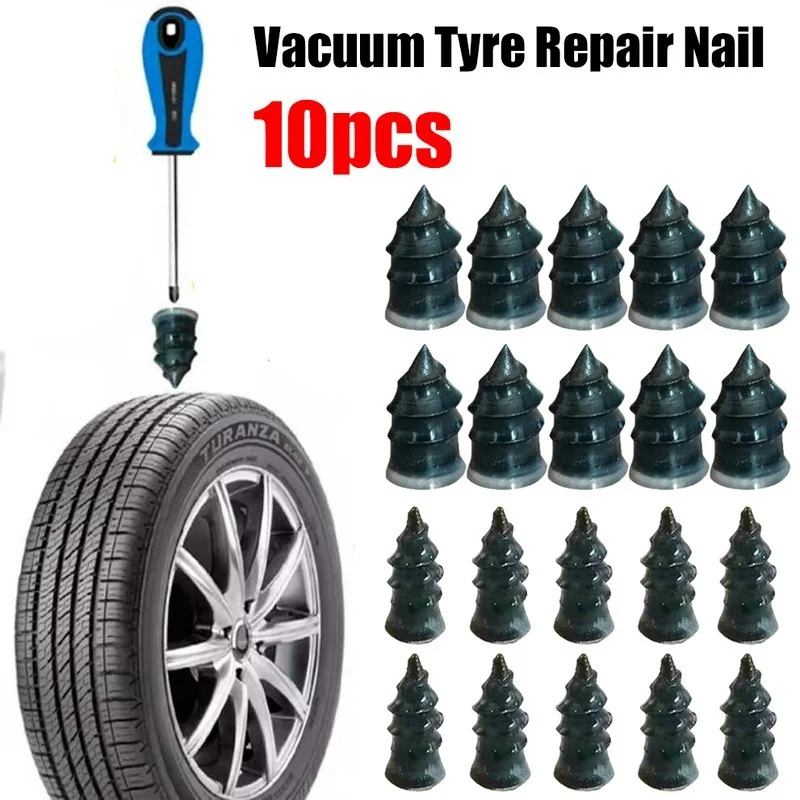 com
com
A punctured tire on the road is a common thing: we put on a spare tire and go to a tire shop. But it happens that a nail or a screw is firmly stuck in the tire, but at the same time it does not blow off. Often the driver does not even know about it and continues to drive as if nothing had happened. But is it so safe, the AvtoVzglyad portal figured it out.
Ivan Flyagin
Indeed, if a nail, self-tapping screw or other iron object pierces rubber with a sharp part, almost hermetically filling the hole and tightly closing it with a hat, then events can unfold in three conditional directions. nine0005
The first scenario is the most favorable, when the tire deflates very soon, and the driver detects this at least an hour later, and at the maximum the next morning. There is nothing to do - you have to go to a car service.
The second option is when a metal object is stuck in rubber so tightly and thoroughly that the air from the inside comes out very slowly and imperceptibly. The car will continue to drive with a blown tire for a long time until tire pressure loss becomes apparent. This is a completely unfavorable course of events, because it can result in the third version of the scenario - the most dangerous one. nine0005
The car will continue to drive with a blown tire for a long time until tire pressure loss becomes apparent. This is a completely unfavorable course of events, because it can result in the third version of the scenario - the most dangerous one. nine0005
It can never be ruled out that while driving, the wheel will “catch” even a slight hole or bump, as a result of which the nail will suddenly change its location and the tire pressure will drop sharply and with the effect of an exploding bomb. The higher the speed, the worse the road and the older the tire, the more likely this unpleasant scenario, which does not exclude the most serious accident with extremely sad consequences.
There is only one conclusion: it is necessary to check the wheels of your car as often as possible for such damage. Especially after trips to the countryside and after long and long journeys. You can do this yourself by driving the car onto a lift or into a "pit", or carry out diagnostics in a tire fitting.